
Flying air taxis? NASA is working on it with the Air Mobility Pathfinders Project.

Flying air taxis? NASA is working on it with the Air Mobility Pathfinders Project.
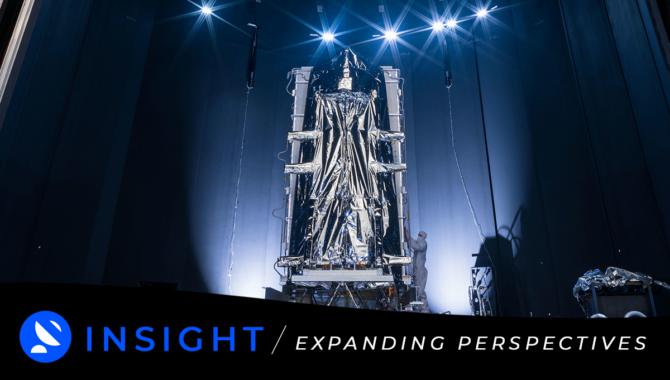
Don’t miss the latest issue of INSIGHT, APPEL Knowledge Services’ online publication featuring our new podcast episodes, columns, articles, lessons learned and more. We invite you to read it today on our website.
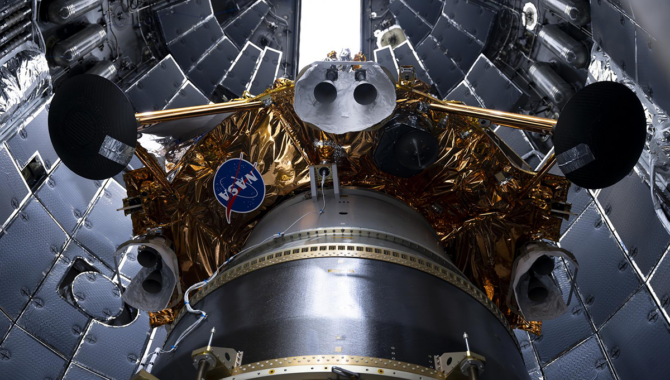
CLPS Blue Ghost mission delivers high-definition images of sunset from the lunar surface.
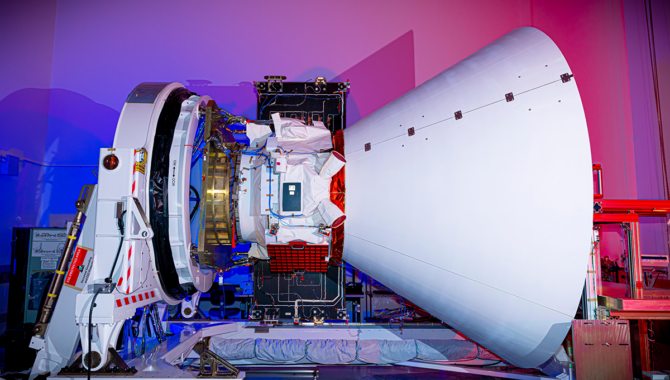
Compact infrared telescope will look for evidence of cosmic inflation and ice in the Milky Way.
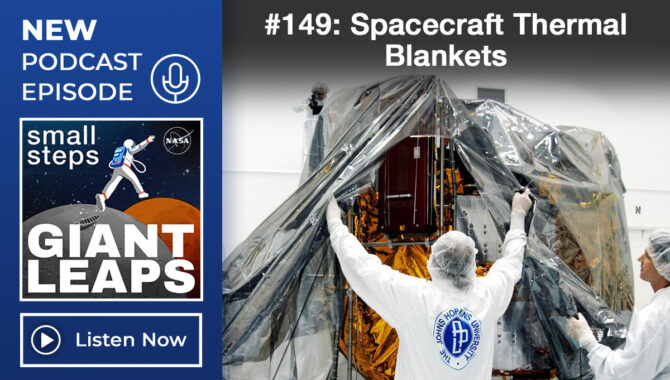
Every spacecraft needs a good blanket — one that can withstand the extreme cold, the Sun’s intense radiation, and impacts from micrometeoroids. At NASA’s Goddard Space Flight Center, Paula Cain is one of the skilled hands behind these essential layers of protection.
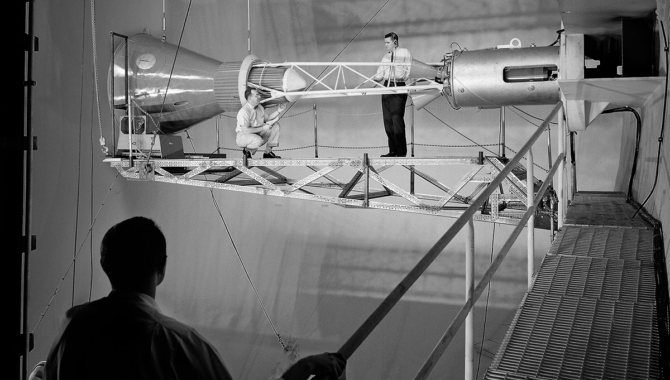
Maxime Faget built on groundbreaking work by H. Julian Allen to shape the future of NASA space exploration.
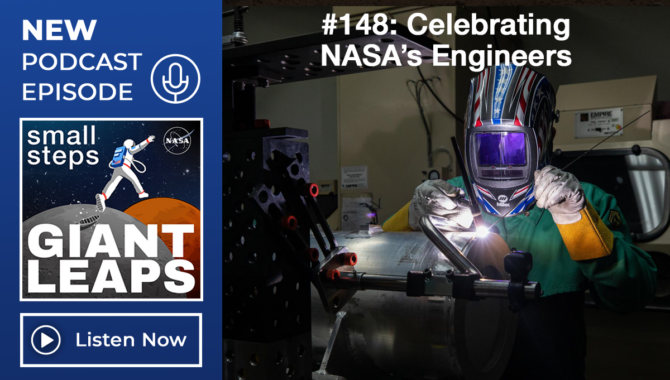
NASA engineers turn dreams into reality, solving complex challenges to push exploration forward. From landing rovers on Mars to advancing deep space missions, their ingenuity makes it all possible. This episode with Chief Engineer Joe Pellicciotti and Deputy Chief Engineer Katherine Van Hooser celebrates the innovation, dedication, and impact of NASA’s engineering community.

Don’t miss the latest issue of INSIGHT, APPEL Knowledge Services’ online publication featuring our new podcast episodes, columns, articles, lessons learned and more. We invite you to read it today on our website.
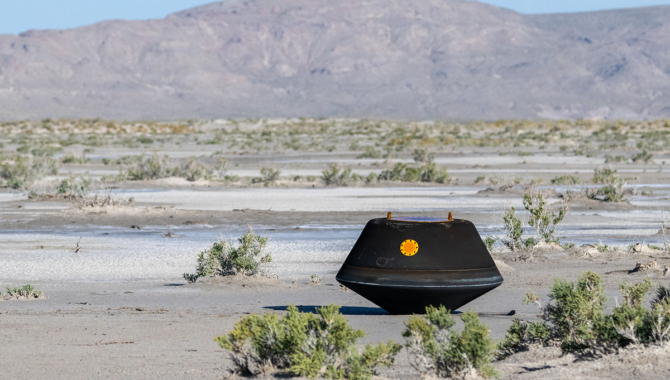
The parent of Bennu was deep in the solar system, held many of the building blocks of life, and likely contained salty brines below the surface.